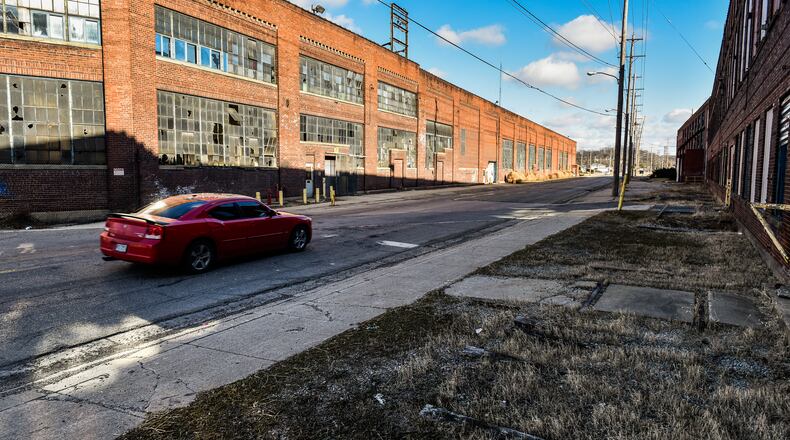That tax increase would have raised $1.5 million per year, half of which in early years would have gone toward street and sidewalk improvements to connect the proposed Spooky Nook at Champion Mill to surrounding areas, particularly businesses along Main and High streets.
MORE: Unpopular Hamilton income tax hike rejected without comment from city council
Smith told the Journal-News that city officials are not considering another new type of revenue, such as a hotel/motel bed tax, to raise that money. Instead, the developer of the mega sports complex and the city have been working to cut project costs.
One significant cost-cutting option being considered is keeping B Street where it is, rather than the more expensive option under which B Street would be redirected west of the development.
The main reason officials wanted to redirect B Street from between Mill 1 and Mill 2 was so visiting athletes and their families wouldn’t face the hazards as pedestrians of crossing the fairly busy street between the buildings.
MORE: Giant Hamilton sports complex plans to break ground in September
Instead of rerouting B Street, though, they now are considering blocking off that section of the street on weekends, when the complex will have its heaviest use, and reopening it on the days local commuters use it.
“(Spooky Nook Sports owner Sam Beiler) has been doing his own value engineering on his side,” Smith said, “and to this point, really trying to reduce that cost, which would reduce what the city’s contribution may have to be.”
Beiler said he hopes that with changes such as B Street’s location — those cost savings still are being calculated — the total project costs can be trimmed from $150 million to about $125 million.
MORE: Hamilton buying property to aid Spooky Nook mega sports complex
Here’s another way the project’s estimated construction costs have been lowered: There haven’t been major unpleasant cost surprises, such as environmental problems at the site or unexpected structural issues inside or below the buildings that need to be remedied, according to Beiler.
There was asbestos, Beiler said, but: “That’s been resolved.”
About the Author

